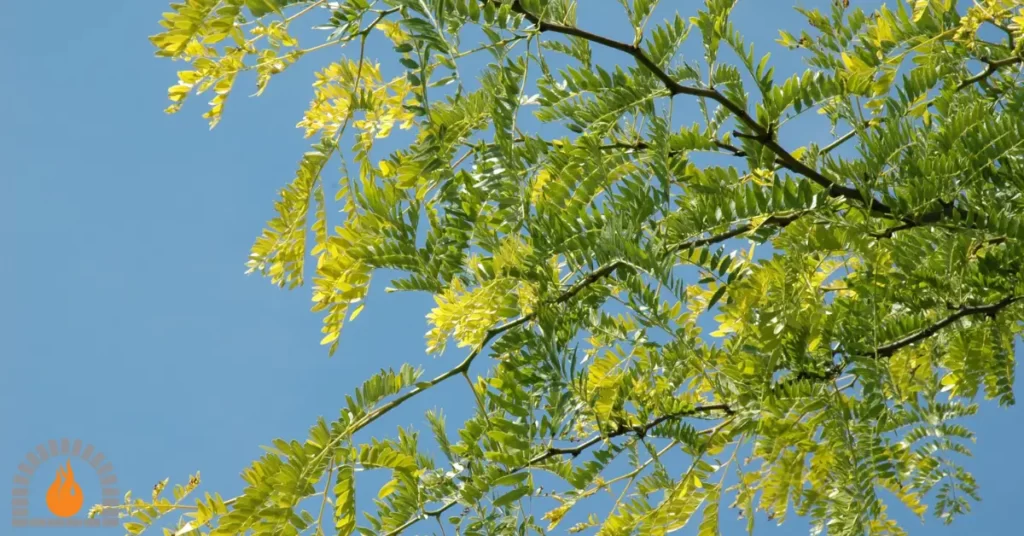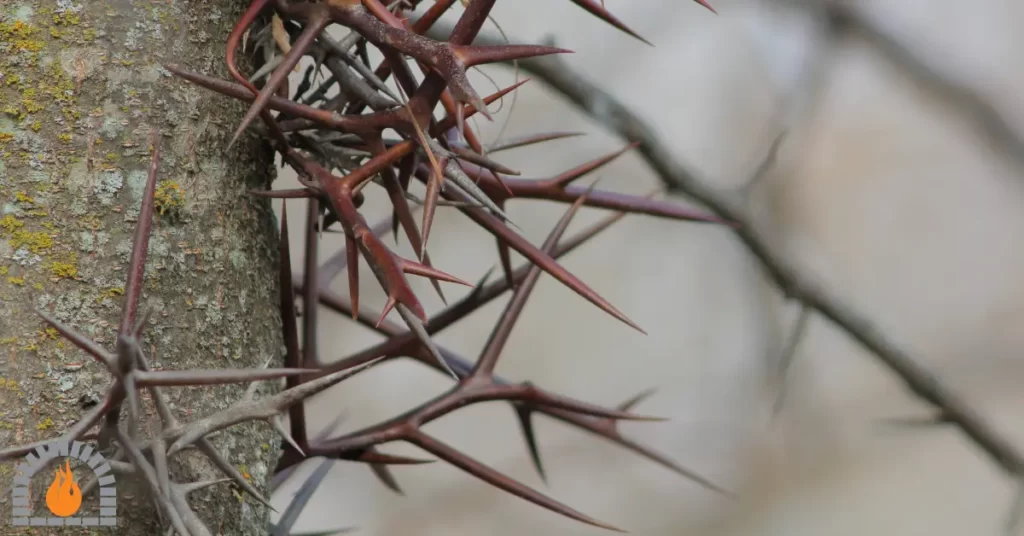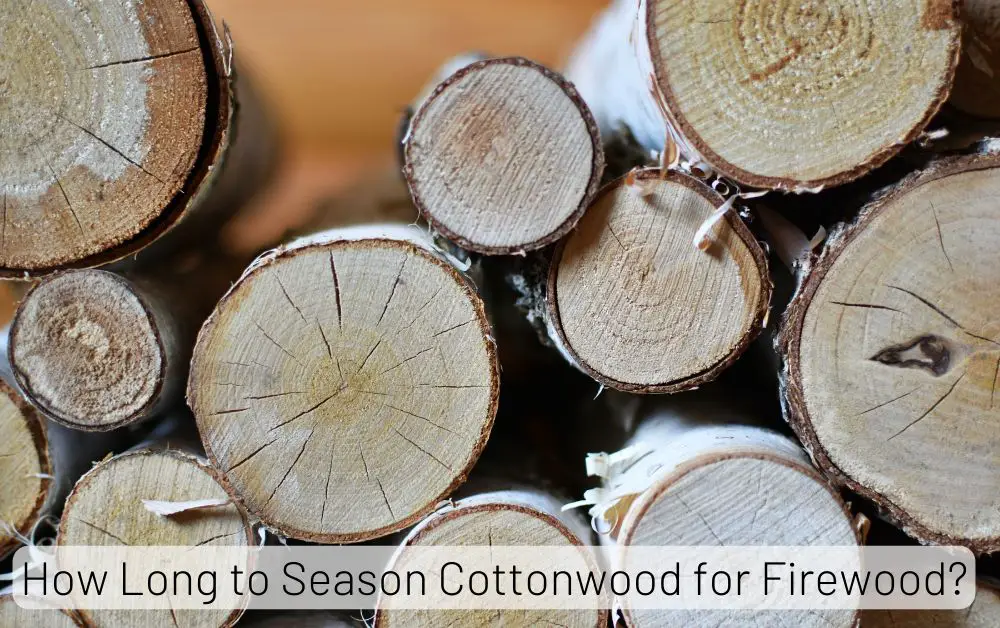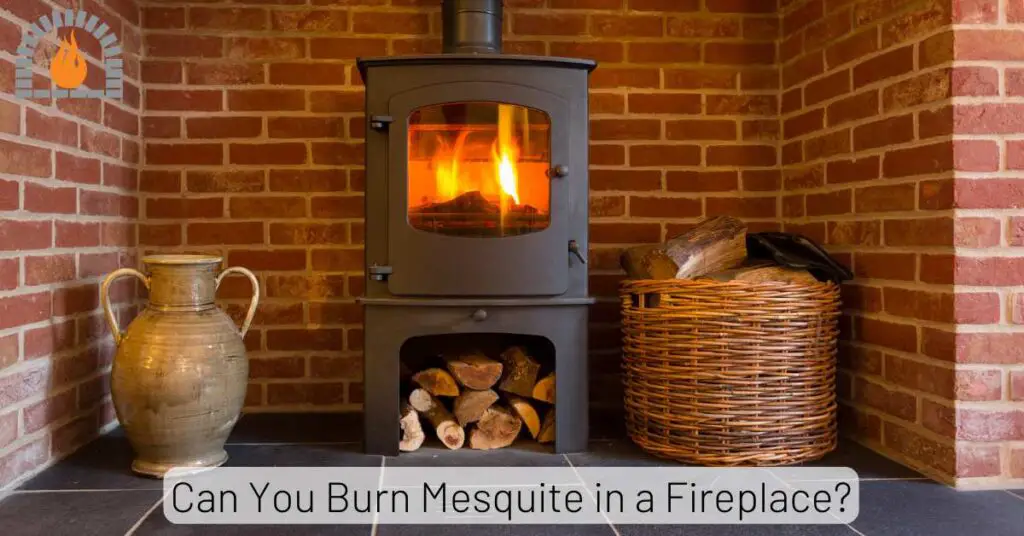In the world of firewood enthusiasts, the quest for the perfect burning material is a perpetual pursuit. As winter approaches and the allure of a crackling fireplace or a cozy wood stove beckons, the choice of firewood becomes crucial.
One often-overlooked contender in this selection process is honey locust, a tree species known for its distinctive thorns and vibrant appearance. But the burning question remains: Is honey locust good firewood?
Overview
The honey locust is renowned for its high density, making it an excellent choice for firewood. Its dense nature ensures a slow and steady burn, providing long-lasting warmth and a consistent flame with minimal smoke emission, contributing to a cleaner atmosphere and reducing the impact on chimney maintenance.
Understanding Honey Locust
Before delving into its suitability as firewood, let’s familiarize ourselves with honey locusts. Scientifically known as Gleditsia triacanthos, the honey locust is a deciduous tree native to North America.
Its distinctive features include compound leaves and long, branched thorns.
Honey Locust is a Good Firewood.
Honey locust is recognized as one of the best firewood owing to its high BTU output, dense nature, slow and steady burn, and high coaling and low ash production characteristics. While honey locust firewood is suitable for both indoor and outdoor burning, it tends to spark and pop, making it advisable to use a closed fireplace or wood stove when burning indoors.
| Characteristic | Honey Locust Firewood |
|---|---|
| BTU Output | High (24.6 Million BTU Per Cord) |
| Smoking | Low |
| Sparking and Popping | Moderate |
| Ease of Splitting | Moderate |
| Seasoning | Moderate |
| Coal Production | High |
| Ash Production | Low |
| Best for Indoor Use | Yes, with precautions. |
| Best for Outdoor Use | Yes |
| Availability | Regionally Available |
| Sustainability | Moderately Sustainable |
Pros of Honey Locust as Firewood
-
Honey locust has a high heat value, providing substantial warmth when burned.
-
Its dense wood contributes to a slow and steady burn, making it a long-lasting fuel source.
-
Honey locust produces relatively low amounts of ash, reducing maintenance and cleanup.
-
Compared to some other types of wood, honey locust typically has lower levels of smoke.
-
Depending on the region, honey locust can be a sustainable option due to its availability.
-
Honey locust can be used for both indoor and outdoor fires.

Cons of Honey Locust as Firewood
-
Honey locust is known for sparking and popping, which can be a concern when burning indoors. A closed fireplace or wood stove is recommended.
-
While not extremely difficult, honey locust can be more challenging to split than other hardwoods.
-
Properly seasoning honey locust may require some effort due to its dense nature.
-
While high coaling can contribute to a long burn, it may create more maintenance for the fire and the need for a larger ash bed.
-
Some varieties of honey locust have thorns and spines, making handling and processing the wood more challenging and potentially hazardous.
-
Honey locust firewood may not be widely available in all regions, limiting its accessibility as a firewood option.

How to Use Honey Locust Firewood Safely.
Using honey locust firewood safely involves a combination of proper handling, burning techniques, and maintenance.
-
Use only well-seasoned honey locust firewood. Proper seasoning reduces moisture content, promoting efficient burning and minimizing creosote buildup in the chimney.
-
Check the wood for thorns or spines, especially if the honey locust variety you have has these features. Remove any protruding thorns before handling the firewood.
-
Store firewood in a dry, well-ventilated area. Elevate the wood off the ground to prevent moisture absorption and discourage pests.
-
If burning honey locust indoors, use a fireplace screen or spark arrestor to contain sparks and embers. This helps prevent any potential hazards associated with sparking and popping.
-
When burning honey locust indoors, use a closed fireplace or wood stove to contain sparks and improve safety. Ensure the appliance is installed and maintained according to safety standards.
-
Regularly check the fire to ensure it’s burning safely and predictably. Watch for any unusual sparks, excessive smoke, or popping sounds.
-
Regularly clean the chimney to remove creosote buildup. Creosote is a byproduct of burning wood and can lead to chimney fires if not addressed.
-
Maintain a safe distance between the fire and flammable materials. Ensure that furniture, curtains, and other combustibles are safe from the fireplace or wood stove.
-
Ensure proper ventilation when burning honey locust indoors. This helps minimize the buildup of smoke and ensures that combustion gases are safely vented.
-
Adhere to any local regulations or guidelines regarding the use of wood-burning appliances. Some areas may have restrictions on burning wood for reasons of air quality.
-
Allow ashes to cool completely before disposal. Use a metal container with a tight-fitting lid, and store it away from flammable materials until ready for disposal.
Related Post: Who to Call for a Chimney Leak?
Final Thoughts: Is Honey Locust Good Firewood?
In conclusion, honey locust stands out as a commendable choice for firewood. Its high density, impressive caloric content, low smoke emission, and resistance to pests contribute to its appeal. By understanding its unique characteristics and considering proper seasoning, users can harness honey locust’s full warmth and benefits to the hearth.
Affiliate Disclosure: Fireplaceadviser.com is a participant in the Amazon Services LLC Associates Program. We may earn a commission when you click on certain links on this site and purchase.

Hello!! I am Jamal Khan. I often fix my home electric heaters and gas stove problems and research the common issues in the heating units to improve my knowledge and expertise. The aim of establishing fireplaceadviser.com is to share my expertise and knowledge with my audience.















